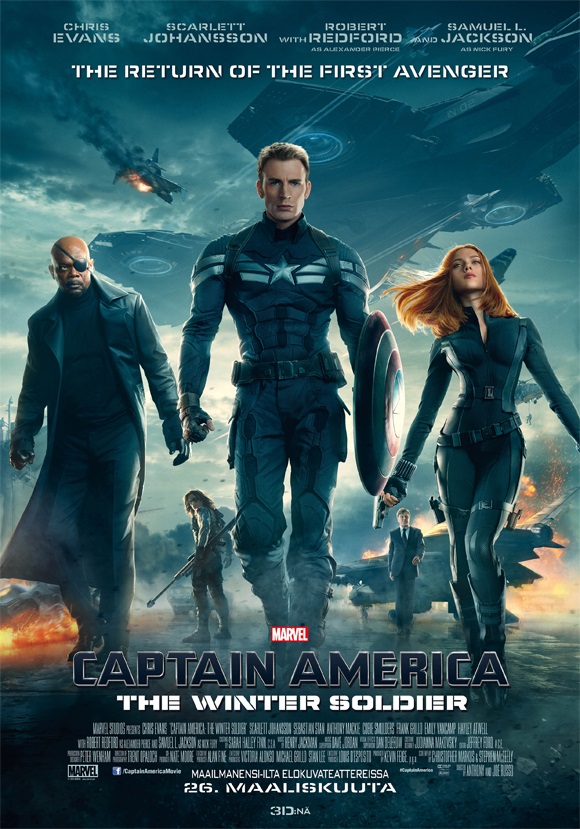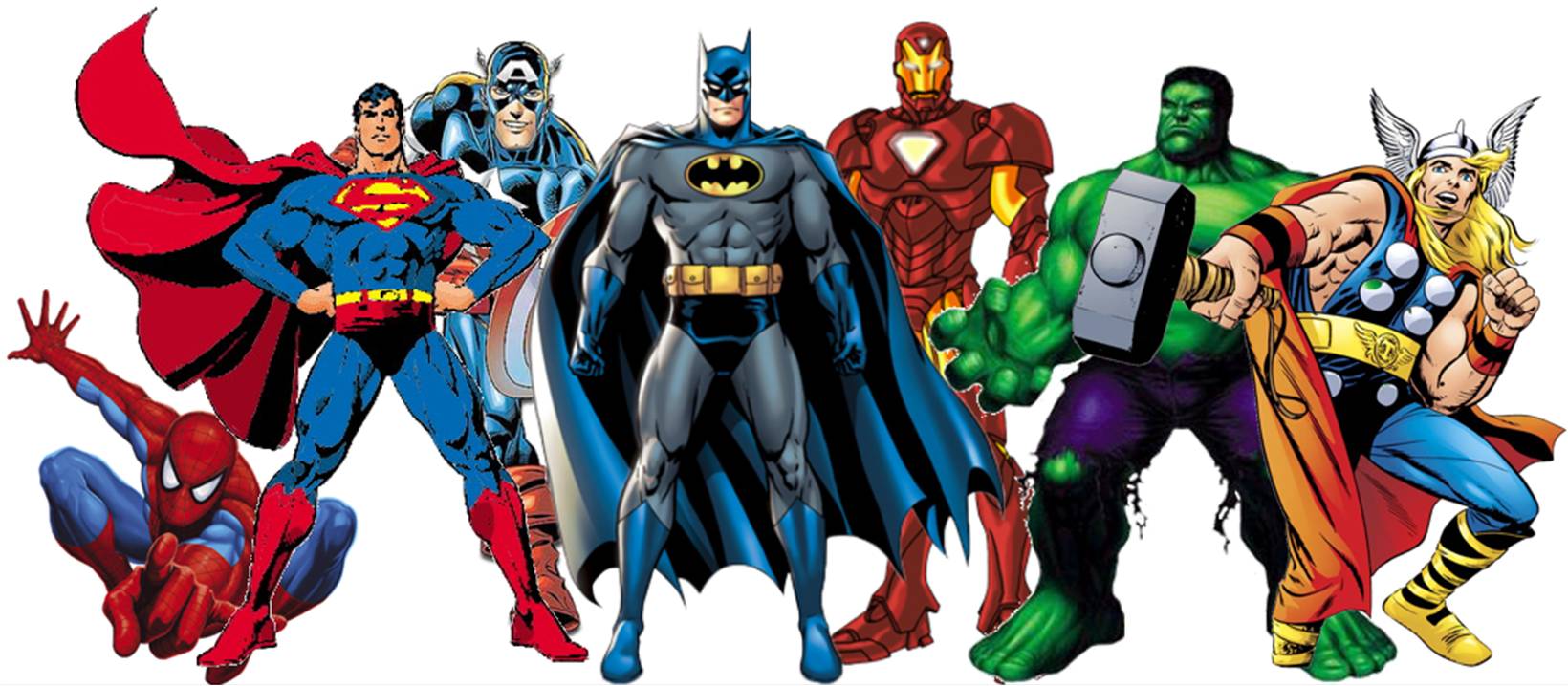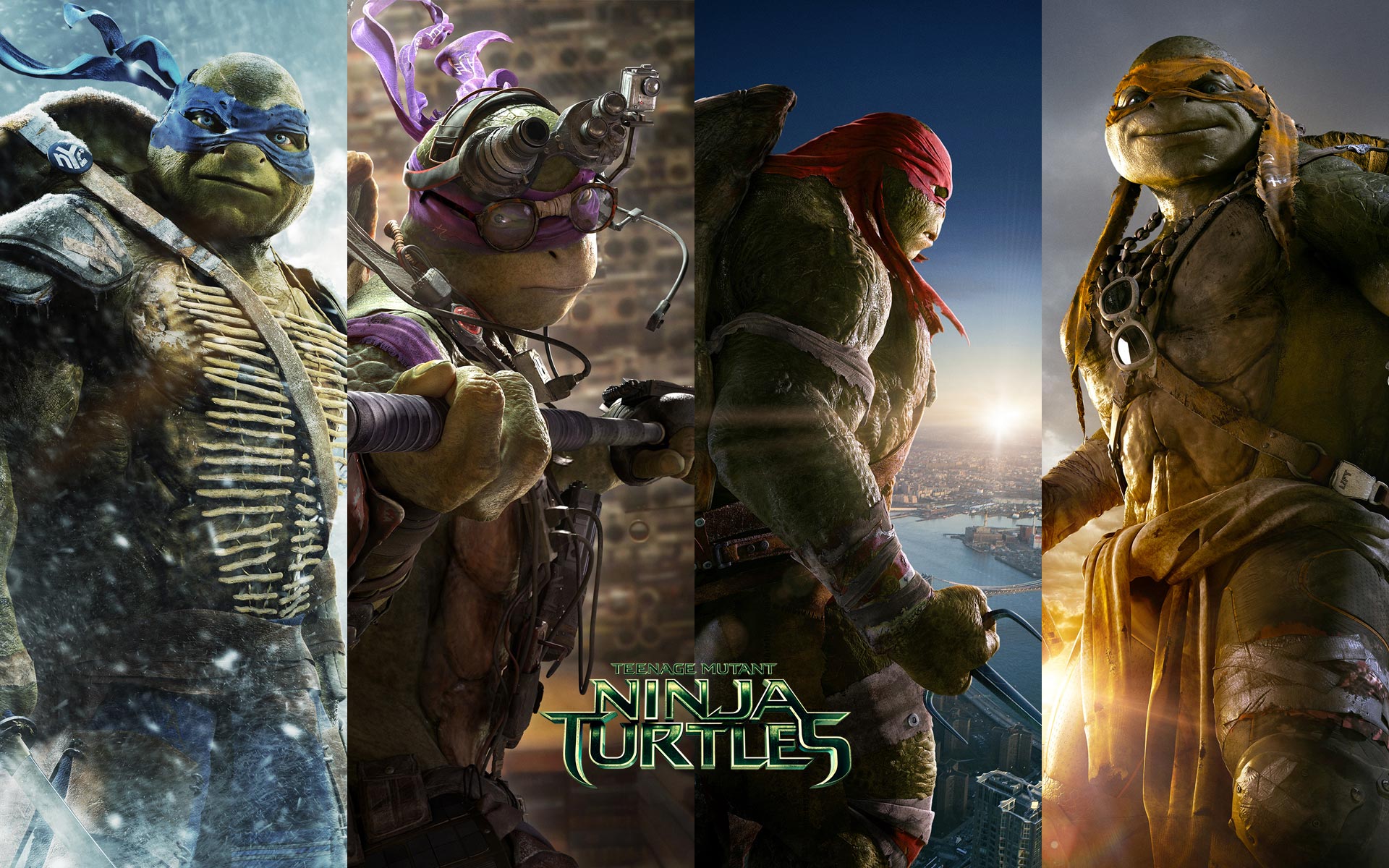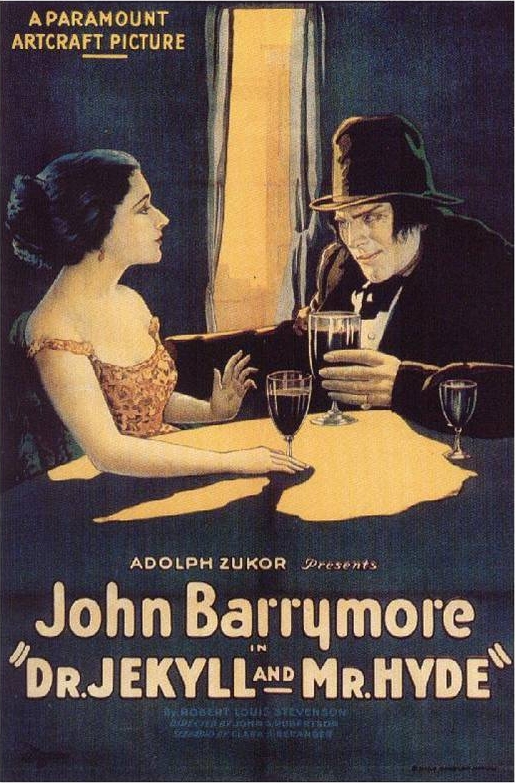Here I am again, back with another media-filled post! This
time I am going to be looking at the film Avengers
Assemble and how it was marketed to the public, as well as at how the
producers and the companies involved with the making of the film aimed it
towards a specific target audience. Hopefully you will enjoy reading it, and
will maybe even learn something new about the inner workings of the film
industry.
Marvel's Avengers Assemble (2012)
 |
| Avengers Assemble Poster |
Avengers Assemble is
a 2012 superhero film directed by Joss Whedon, based on the Avengers comics by
Stan Lee. In the film, Nick Fury, director of the peacekeeping organization S.H.I.E.L.D., recruits Iron Man, Captain America, the Hulk and Thor to form a team that must stop Thor's brother Loki from subjugating Earth. It was produced by Marvel Studios and then distributed to cinemas by
Walt Disney Studios Motion Pictures, its parent film company. The film follows
a collection of previous films by Marvel, each of which features a different
superhero present in Avengers Assemble
(barring Iron Man 2): Iron Man (2008), The Incredible Hulk (2008), Iron
Man 2 (2010), Thor (2011) and Captain America: The First Avenger (2012).
All of these films share continuity with each other and
other films have been produced in the Marvel Cinematic Universe since,
including Iron Man 3 (2013), Thor: The Dark World (2013), Captain America: The Winter Soldier
(2014) and Guardians of the Galaxy (2014).
More films are due to be released in the future, including The Avengers: Age of Ultron in 2015, Antman also in 2015, and the next instalments in the Captain America and Guardians of the Galaxy series, both currently unnamed, set to be
released in 2016 and 2017 respectively. This gives Marvel as a film production
company great presence and fame, and is known throughout the world as being one
of the main creators and producers of superhero films.
So, as I said above, Walt Disney Studios Motion Pictures was
in charge of distributing Avengers
Assemble to the cinemas. The company was not responsible for the
distribution of any of Marvel’s films prior to Avengers Assemble; their deal to acquire Marvel Entertainment was only
completed in December 2009, agreed to at the price of $4.24 billion.
Previously, Universal Studios (2008) and Paramount Pictures (2008-2011) had
been responsible for distributing Marvel’s films until the deal took effect in 2012,
after Marvel Studios’ existing contracts for its films had expired. Avengers Assemble was, therefore, the
first film that Walt Disney Studios distributed to cinemas.
Avengers Assemble – what target audience?
As you can imagine, it was quite a surprise that Walt Disney Studios – best known for its numerous animated childrens’ films – chose to buy into a company centred around action, adventure and much on-screen violence and explosions. However, it doesn’t appear that they will be reverse this decision anytime soon – with eleven more films planned for release over the next five years, it appears that Marvel is with Walt Disney to stay. Bearing this in mind, it was especially important for the production team of Avengers Assemble to consider their target audience. The term “target audience” refers to the people whom a film’s production company wish the film to appeal to the most. Appealing to a target audience is key for any large-scale production; it is this audience who will watch the film, interact with it (both before and after release) and perhaps even recommend it to others, thus drawing in more viewers and subsequently more revenue for the company who created it. It is usually the audience, not the film-makers, who generate the most ‘hype’ and attention for a film and make it a success both in the cinema and out of it (especially if it has any kind of merchandising involved with it.)
It was also important for the directors and film companies of Avengers Assemble to consider, as well as the above, any gaps in the existing film market – films are far more likely to be successful when no similar films have been released previously. Opposing this, films which continue a unique series (as with the Marvel Cinematic Universe) are also incredibly successful as audiences want to know what is going to happen next to their favourite characters. They feel almost obliged to continue on with a series to see how it ends. Film companies who create series’ of films therefore try to employ a successful marketing campaign, as it can often make a huge difference on whether audiences feel interested in watching subsequent films, and can also make casual, new viewers more interested in going back and watching any previous films in the series if they have not seen them and also to get involved with the other elements (if any) of the franchise. This is often how ‘fandoms’ ultimately start – communities of fans who come together to celebrate what they like and talk about it and go beyond even the existing ‘canon’ of the film(s), perhaps creating their own fanfictions, fanart, and fanvideos.
Marvel and Disney together conducted lots of market research before releasing Avengers Assemble in order to decide on their target audience. Taking into account the existing market of Disney (primarily young children), and knowing the demographics of the audiences of the previous Marvel Cinematic Universe films, they primarily targeted young adults and adults – though Avengers Assemble is by no means exclusive to these age ranges. Young children are also able to enjoy the film, though they may not be able to understand all of the elements involved; this therefore makes it a polysemic film which ultimately appeals to all, much like Shrek (2001) which is primarily for young children but is also enjoyable for the older generations due to its universal themes and underlying innuendos and jokes.
Avengers Assemble ultimately appeals to these target audiences for the following reasons (amongst others), all inspired by the directors and producers:
How was the film advertised?
Avengers Assemble – what target audience?
As you can imagine, it was quite a surprise that Walt Disney Studios – best known for its numerous animated childrens’ films – chose to buy into a company centred around action, adventure and much on-screen violence and explosions. However, it doesn’t appear that they will be reverse this decision anytime soon – with eleven more films planned for release over the next five years, it appears that Marvel is with Walt Disney to stay. Bearing this in mind, it was especially important for the production team of Avengers Assemble to consider their target audience. The term “target audience” refers to the people whom a film’s production company wish the film to appeal to the most. Appealing to a target audience is key for any large-scale production; it is this audience who will watch the film, interact with it (both before and after release) and perhaps even recommend it to others, thus drawing in more viewers and subsequently more revenue for the company who created it. It is usually the audience, not the film-makers, who generate the most ‘hype’ and attention for a film and make it a success both in the cinema and out of it (especially if it has any kind of merchandising involved with it.)
It was also important for the directors and film companies of Avengers Assemble to consider, as well as the above, any gaps in the existing film market – films are far more likely to be successful when no similar films have been released previously. Opposing this, films which continue a unique series (as with the Marvel Cinematic Universe) are also incredibly successful as audiences want to know what is going to happen next to their favourite characters. They feel almost obliged to continue on with a series to see how it ends. Film companies who create series’ of films therefore try to employ a successful marketing campaign, as it can often make a huge difference on whether audiences feel interested in watching subsequent films, and can also make casual, new viewers more interested in going back and watching any previous films in the series if they have not seen them and also to get involved with the other elements (if any) of the franchise. This is often how ‘fandoms’ ultimately start – communities of fans who come together to celebrate what they like and talk about it and go beyond even the existing ‘canon’ of the film(s), perhaps creating their own fanfictions, fanart, and fanvideos.
Marvel and Disney together conducted lots of market research before releasing Avengers Assemble in order to decide on their target audience. Taking into account the existing market of Disney (primarily young children), and knowing the demographics of the audiences of the previous Marvel Cinematic Universe films, they primarily targeted young adults and adults – though Avengers Assemble is by no means exclusive to these age ranges. Young children are also able to enjoy the film, though they may not be able to understand all of the elements involved; this therefore makes it a polysemic film which ultimately appeals to all, much like Shrek (2001) which is primarily for young children but is also enjoyable for the older generations due to its universal themes and underlying innuendos and jokes.
Avengers Assemble ultimately appeals to these target audiences for the following reasons (amongst others), all inspired by the directors and producers:
- The Plot/Concept: An on-screen collaboration between many different superheroes had rarely been done before (if it had ever been done at all), and was therefore an innovative idea that people hadn’t ever seen or thought about. It was of interest to both comic enthusiasts and casual film-watchers alike, and was something new that Marvel was willing to try in order to gain more fans and make more revenue.
- The Genre: Fans of the superhero genre were appealed to by the film and its producers, obviously due to the fact that it featured a large number of superheroes! This genre is a universal theme which allowed fans of it to learn about the film and be inspired to watch it when looking into their favourite films in the genre already in existence – looking up those on the internet etc. will have brought up related results about Avengers Assemble due to the very thorough marketing campaign by Marvel and Disney.
- The Actors/Actresses Starring in it: Fans of particular actors and actresses were appealed to by the film because they could watch their favourite stars appear in something new. The film appealed even to those who were not a fan of the genre – therefore introducing them to it, and perhaps inspiring them to go back and watch the other superhero films if they had not already seen them in the Marvel Cinematic Universe.
- The SFX: Fans of special effects and good cinematography will have loved the look of Avengers Assemble. It is a film which uses tons and tons of effects and techniques due to the fact that the powers and abilities of the superheroes have to be shown and the fight scenes, chase scenes and buildings dictated. For example, The Hulk/Bruce Banner’s actor, Mark Ruffalo, was required to wear both a prosthetic suit and a motion-capture suit in order to simulate both the Hulk’s size and movements during the filming process. This is then reflected in the film using CGI and SFX to show the Hulk in action.
- The Fandom: Finally, perhaps the most obvious reason why the film appealed to people is that it continued an already-established series of films – and there was a dedicated fanbase, or ‘fandom’, already in existence surrounding Marvel. This fandom was easily appealed to by the film as it featured all of their favourite superheroes and concepts, and brought to life the comics on which it had been based. This fandom will have also helped to appeal to even more people through online discussions and social media – attracting attention to the film and promoting its release.
How was the film advertised?
Despite the fact that Avengers Assemble was Walt Disney
Studios’ first Marvel film, it was a big hit in the box office and a lot of
effort was put into its advertisement and publicity prior to, and even after,
the release of the film. Marvel Studios received endorsements and licenses from
high-profile companies such as Acura, Jads International, Honda Motor Co. and Harley-Davidson, all of whom provided
publicity and vehicles for use in the film and its promotion worldwide in
exchange for monetary payments. Though this may seem counter-productive, the
level of publicity achieved for the film made it a huge box-office success,
with the money paid out being easily made up in the revenue produced – and more!
 Other companies, such as Lego and Dr
Pepper, also became involved with the marketing campaign of Avengers Assemble. Images and videos
(see left and right) were made by these companies to help promote it, and
created a bigger public presence for the film. Perhaps most amazingly, in Walt
Disney World, the monorail was even redesigned to feature the concept art of Avengers
Assemble and the S.H.I.E.L.D. logo - pretty extravagant marketing,
don't you think? But very, very effective, and very, very successful.
Other companies, such as Lego and Dr
Pepper, also became involved with the marketing campaign of Avengers Assemble. Images and videos
(see left and right) were made by these companies to help promote it, and
created a bigger public presence for the film. Perhaps most amazingly, in Walt
Disney World, the monorail was even redesigned to feature the concept art of Avengers
Assemble and the S.H.I.E.L.D. logo - pretty extravagant marketing,
don't you think? But very, very effective, and very, very successful.
 Other companies, such as Lego and Dr
Pepper, also became involved with the marketing campaign of Avengers Assemble. Images and videos
(see left and right) were made by these companies to help promote it, and
created a bigger public presence for the film. Perhaps most amazingly, in Walt
Disney World, the monorail was even redesigned to feature the concept art of Avengers
Assemble and the S.H.I.E.L.D. logo - pretty extravagant marketing,
don't you think? But very, very effective, and very, very successful.
Other companies, such as Lego and Dr
Pepper, also became involved with the marketing campaign of Avengers Assemble. Images and videos
(see left and right) were made by these companies to help promote it, and
created a bigger public presence for the film. Perhaps most amazingly, in Walt
Disney World, the monorail was even redesigned to feature the concept art of Avengers
Assemble and the S.H.I.E.L.D. logo - pretty extravagant marketing,
don't you think? But very, very effective, and very, very successful. As well as these publicity ventures,
the standard measures were also employed. Posters, merchandising by Disney,
trailers, teaser images - all of these were released before the film, and
afterwards even more methods were used for publicity such as
the creation of video games, published reviews and critiques online. Of course,
the main result of the film's release was the creation of its personal 'fandom'
- people involved promoted the film further and made it have a much greater
online presence. Sites such as Tumblr and Twitter in particular feature lots
of Avengers Assemble-related content - check out the tags, here for
Tumblr and here for
Twitter respectively.
As well as these publicity ventures,
the standard measures were also employed. Posters, merchandising by Disney,
trailers, teaser images - all of these were released before the film, and
afterwards even more methods were used for publicity such as
the creation of video games, published reviews and critiques online. Of course,
the main result of the film's release was the creation of its personal 'fandom'
- people involved promoted the film further and made it have a much greater
online presence. Sites such as Tumblr and Twitter in particular feature lots
of Avengers Assemble-related content - check out the tags, here for
Tumblr and here for
Twitter respectively.
Publicity and Marketing: what else did Disney organise?
Avengers
Assemble was a massive success in the box office as well as in terms of
its home entertainment releases; it grossed $623.4
million in North America and $895.2 million in other countries, for a worldwide
total of $1.518 billion. It became the third highest-grossing film worldwide as
well as highest-grossing 2012 film, and this was both due to its success with
the public as well as its initial marketing campaign. This marketing campaign
was successful at attracting not only existing Marvel fans from its previous
film and comic fan-base, but the concept of a huge ‘hero get-together’ film
also appealed to new fans who had never previously been interested in the
franchise. But how did Disney manage this? How did they gain the support of so
many fans, both old and new?
Well, as well as
the intense advertising mentioned before, many other things were also organised
in order to publicise the film and accumulate fans for it. For example, the
first thing that happened at all was the announcement of the plans for the film
back in 2005 – yes, you read that correctly, 2005! The film had been a long
time coming by its 2012 release, being rewritten and the cast updated several
times, meaning that it had to be pushed back. It was in 2010 that the film was
actually advertised as being close to release, being promoted at San Diego
Comic Con International by a panel of actors from the cast including Samuel L.
Jackson, who helped to narrate a short teaser trailer which premiered at the
Con.
Following this, Marvel and Disney worked
together to advertise at many other comic conventions in order to appeal widely
to as many fans of the original comics and writing as possible. The cast did
not appear on a huge number of chat shows or news shows (though Scarlett
Johansson, Jeremy Renner, Chris Hemsworth and Robert Downey Jr. did notably appear on Good Morning
America via video link from London to promote the movie) –
rather, they focused on their convention appearances in order to try and
attract viewers for the film. In August 2011, Walt Disney Pictures, Pixar
Animation Studios and Marvel Studios presented a look at Walt Disney Studios'
upcoming film slate, which included Avengers Assemble, at the D23 Expo
in Anaheim, California. The presentation featured footage from the film and
appearances by the cast members yet again – a technique proven to be effective,
as hearing the cast members’ stories is entertaining, and gives you an insight
into how the film is being made and why they have chosen to take part in it. It
makes the film seem like a positive experience for them as well as a good one
to watch – and thus appeals to more people than just the comic fans. In October
2011, Marvel Studios held another presentation, this time at the New York Comic
Con that featured new footage and a panel discussion including producer Kevin
Feige and several cast members yet again. The first full-length trailer for the
film was also released in October; this trailer, which debuted exclusively on
iTunes Movie Trailers, was downloaded over 10 million times in its first
24 hours, breaking the website's record for the most-viewed trailer. This has
later been surpassed, but is still a record-holding number. The theatrical trailers of Avengers
Assemble appeared within many films that were already showing in cinemas,
including Mission: Impossible – Ghost Protocol, 21 Jump Street
and The Hunger Games. This
further promoted the film as people watching the other films had to sit and
watch the trailer beforehand, perhaps being inspired to go and watch Avengers
Assemble as well upon its theatrical release in April 2012 (UK &
Ireland) and May 2012 (USA).
In January 2012, Marvel Studios held a global
Twitter chat. The 30-minute live tweeting event featured writer/director Joss
Whedon, cast members Samuel L. Jackson, Tom Hiddleston and Clark Gregg and a
10-second tease of the 30-second Super Bowl commercial that would air during Super
Bowl XLVI in February. According to the Los Angeles Times, Disney paid
an estimated $4 million for the 30-second spot. This was a huge success at
attracting attention to the film and promoting its American release date of May
4th.
What are the product tie-ins with the film?
As part of Marvel and Disney’s continuing
collaboration on Avengers Assemble,
numerous products and memorabilia have been produced in order to satisfy the
inner geek of fans everywhere. As you might expect of a superhero film,
t-shirts, DVDs, figurines and action figures are available, featuring and
starring all of the primary cast members and characters from the film. Such
figures and t-shirts are made available in a whole range of sizes, and with
varying character poses and line-ups – plenty of quality items to please even
the pickiest enthusiast. CDs featuring the soundtrack and score of the film
were also made available, as well as various posters, framed artworks, books and
games.
By games, I don’t just mean the board game variety
- a video game based on the film was planned for concurrent release. The game
was to be a first-person shooter/brawler for the Xbox 360, PlayStation 3, Wii
U, and Microsoft Windows and published by THQ, with THQ Studio Australia
developing the console versions and Blue Tongue Entertainment the PC version.
After THQ closed both studios, the game was cancelled.
In May 2012, Ubisoft and Marvel Entertainment
announced that they
are partnering to develop a motion-controlled game titled Marvel Avengers:
Battle for Earth for the Wii U and Xbox 360 Kinect. The game was inspired by
the "Secret Invasion" storyline and features 20 different characters.
Marvel also announced a four-chapter mobile game titled Avengers Initiative,
with one chapter focusing on each of Hulk, Captain America, Thor and Iron Man.
This was a hugely successful move for such relatively small games in terms of
storyline and playability etc, and has been played by thousands of fans.
Finally, due to the fact that it is a Marvel film as well, in December 2011 it was announced that
an eight-issue comic-book prelude to the film, written by Christopher Yost and
Eric Pearson with art by Luke Ross and Daniel HDR, would be released in March
2012. In February 2012, Marvel announced the release of a second limited series
comic book tie-in, Black Widow Strikes written by Fred Van Lente. Additionally,
the title Avengers Assemble was launched in March 2012, written by Brian
Michael Bendis with art by Mark Bagley and features the same Avengers line-up
as the film battling a new incarnation of the supervillain team Zodiac. These
comic tie-ins are one of the most central products produced by Marvel,
successfully expanding their already huge universe and giving greater detail to
specific aspects of the film itself and beyond.
Where was the film premiered? Did it win any awards?
There were two
separate premieres for Avengers Assemble;
the first was the worldwide premiere at the El Capitan theatre in Hollywood,
California in the United States on the 11th of April, and the second
was at the VUE cinema in Westfield, London, on the 19th of April as
the European premiere of the film. Due to the differing film titles across the
two continents (the film is known as Avengers
Assemble only in the UK and Ireland, renamed as not to be confused with the
UK TV show The Avengers) the branding
and marketing was done slightly differently as to appeal to as many people as
possible.
The European premiere was attended by cast members Robert Downey Jr., Scarlett Johansson, Chris Hemsworth, Jeremy Renner, Tom Hiddleston, Mark Ruffalo, Cobie Smulders, and Clark Gregg – producer Kevin Feige also made appearances on the red carpet throughout the night. It was a huge success with numerous newspaper articles (such as this one by the Daily Mail about Scarlett Johannson) and reports being produced about the film, further advertising it to the wider public; on top of this, videos and excerpts from the premiere were uploaded to YouTube by Marvel UK, allowing those who hadn’t been able to attend to at least get a taste of the action that had taken place in London. One such video is here (embedded below also); this sums up all of the events and shows everything from the cast on the red carpet, the audiences and fans coming together to see the film ahead of its official theatrical release, the cast and crew being interviewed, to short excerpts from the film itself.
On May 1, 2012, executives from Marvel Studios, along with actors Tom Hiddleston and Clark Gregg, rang the opening bell of the New York Stock Exchange in honor of the film's theatrical release. This signaled the beginning of a very successful run for the film, following its UK/Ireland release and just ahead of its US release. As a result of its high-quality cinematography, acting and effects, Avengers Assemble garnered numerous awards and award nominations, including an Academy Award nomination for Best Visual Effects and a British Academy Film Award nomination for Best Special Visual Effects. The film was also nominated for three Critics' Choice Movie Awards, thirteen People's Choice Awards (winning three), eleven Teen Choice Awards (winning two), six Saturn Awards (winning four), and six VES Awards (winning two), as well as the 2013 Hugo Award for Best Dramatic Presentation Long Form. As you can see, it was a huge success – and continues to be so, even though two years have passed since its release!
Post-release: what is the cultural presence of the film now?
Perhaps the final thing to talk about, then, is how all of this marketing and merchandising by Marvel and Disney has panned out. Has it been a successful with the people? And has the test of time eradicated the success of the film, or has it remained?
The simple answer? The film is as popular as ever.
The online presence of the film is staggering, to say the least. Since the release of the film in 2012, the online ‘fandom’ and cult presence of the film has rocketed. On sites such as Twitter, Tumblr, DeviantART and YouTube, numerous fan works can be found showcasing unique takes on the film and inventing new storylines outside of the ‘canon’ of the Cinematic Universe. Fanfiction.net, for example, is also inundated with Avengers fanfiction; in the comics category, ‘Avengers’ is the tenth most-written for category, having 1.6k fanfic submissions, and in the films category, it is the second most popular with a whopping 27.6k fanfictions, only losing out to the Star Wars franchise which has accumulated 33.1k works. If this isn’t an indicator of cult and critical success with the masses, I don’t know what does!
This also goes to show that a powerful fandom can go a long way, and can contribute huge amounts to the overall success of a film. The fact that people have put this much effort into creating their own stories and works surrounding the Avengers Assemble story is simply amazing. In particular, I’d like to leave you with this: my favourite ever fan-video about the Avengers team, an MV (‘music video’) featuring Fall Out Boy’s My Songs Know What You Did In The Dark. Though the actual picture quality isn’t great, the concept and structure is, matching the song exactly. I think it shows the essence of the Marvel fandom – that we’re a hard-working, dedicated, and motivated bunch.
It is with this that I will now leave you. I hope that this post has been informative and useful in educating you about the marketing and merchandising of Marvel’s Avengers Assemble – understandably I now have the urge to go and watch it, so do excuse me!
Later, fellow Media enthusiasts!
- This piece of writing is for Unit 26 of Edexcel level 3 BTEC Media (Film Studies).
- A bibliography of all of the sources and sites I have used to write this article can be found here.









